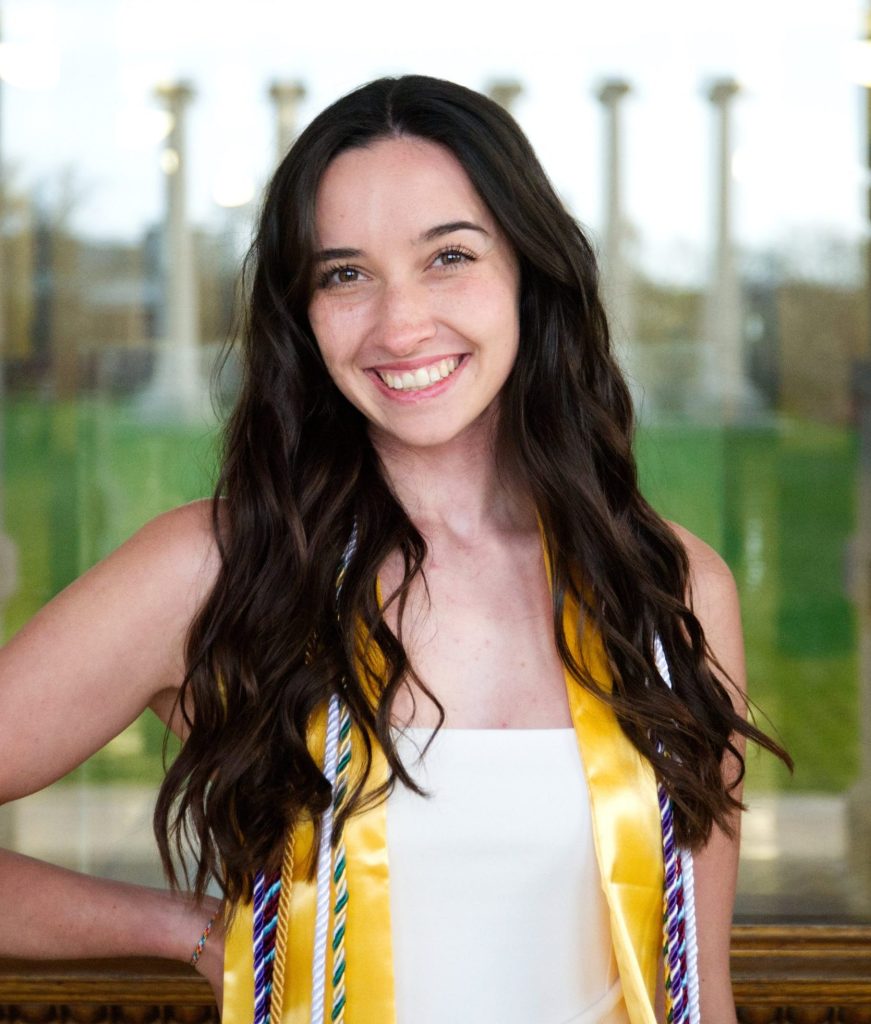Published on July 5, 2022
Watershed simulation models are valuable tools to evaluate the impacts of changing weather patterns and land management on the hydrologic cycle. Here, we use the Soil Water Assessment Tool to develop simulation models to evaluate the changes in the rainfall-runoff patterns during the past four decades in several Missouri watersheds. To accomplish this task, first, we compiled the necessary geospatial and weather data for the entire State of Missouri from various public databases hosted by various agencies, including the Missouri Spatial Data Information Service, the US Department of Agriculture, and the US Geological Survey. The key datasets to create the watersheds models include topography, soil biophysical properties, weather, and land use. Simulation models are developed for the following watersheds: Niangua, Big, Meramec, and Sac in the state of Missouri.

Each watershed is first delineated into smaller sub-watersheds based on the topography. The number of sub-watersheds varies from 207 in Niangua to 170 in Meramec. The sub-watersheds were further divided into Response Units based on land cover, soil, and topography. Finally, we used the daily weather records for 1980-2019.
The models run at daily time steps and provide hydrologic fluxes including runoff and sediment flows as outputs. The simulated fluxes can be compared with measured data at multiple locations. Here, we propose to use the stream flow measurements collected and reported by the US Geological Survey to test and validate the watershed model simulations. Our goal is to test the models’ accuracy in reproducing observed data.
As climate changes, the water cycle will also change. Our models can be used assess changes in watershed runoff under future climate change projections. The models can also be used to evaluate the effects of current land management and what should be expected from the river systems in Missouri.
About the Author

Lesli Key is a Biological Engineering major at the University of Missouri. In the future she is interested in developing advanced natural solutions to modern water conservation problems. Key believes this is going to be the single largest issue of the century and she is eager to dedicate her career to contribute to finding innovative solutions. Key is hoping to learn sustainable practices from all different areas of the world to effectively work as an engineer and share her passion for integrating technology and nature.